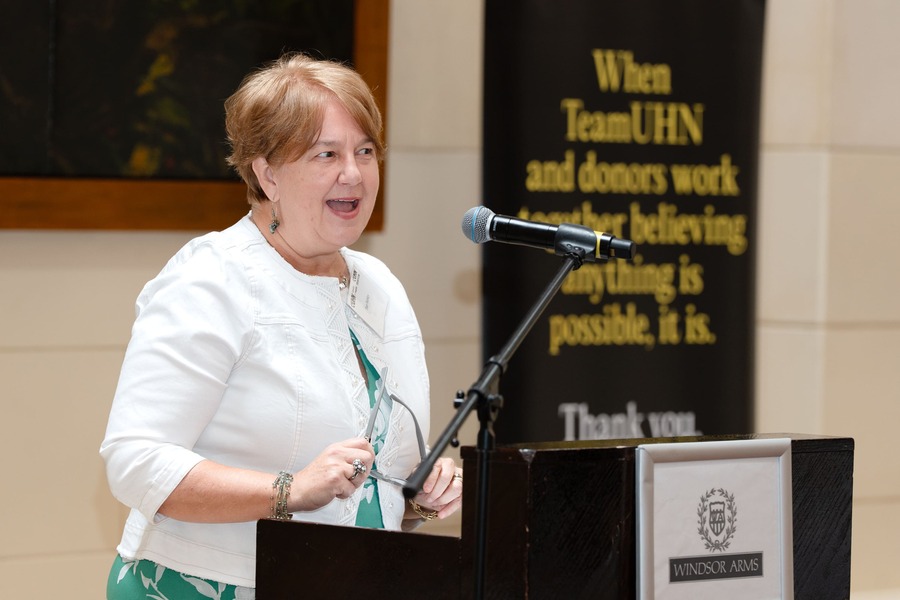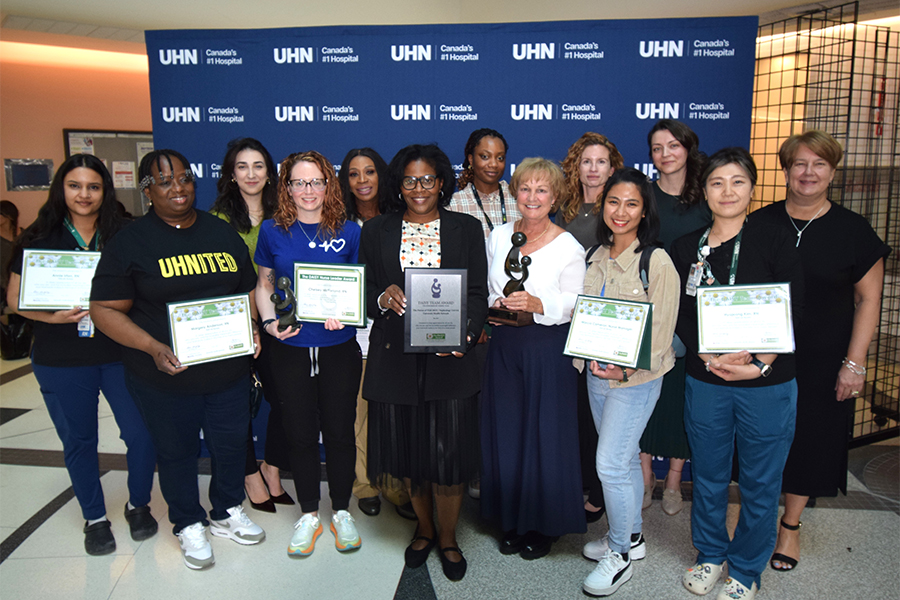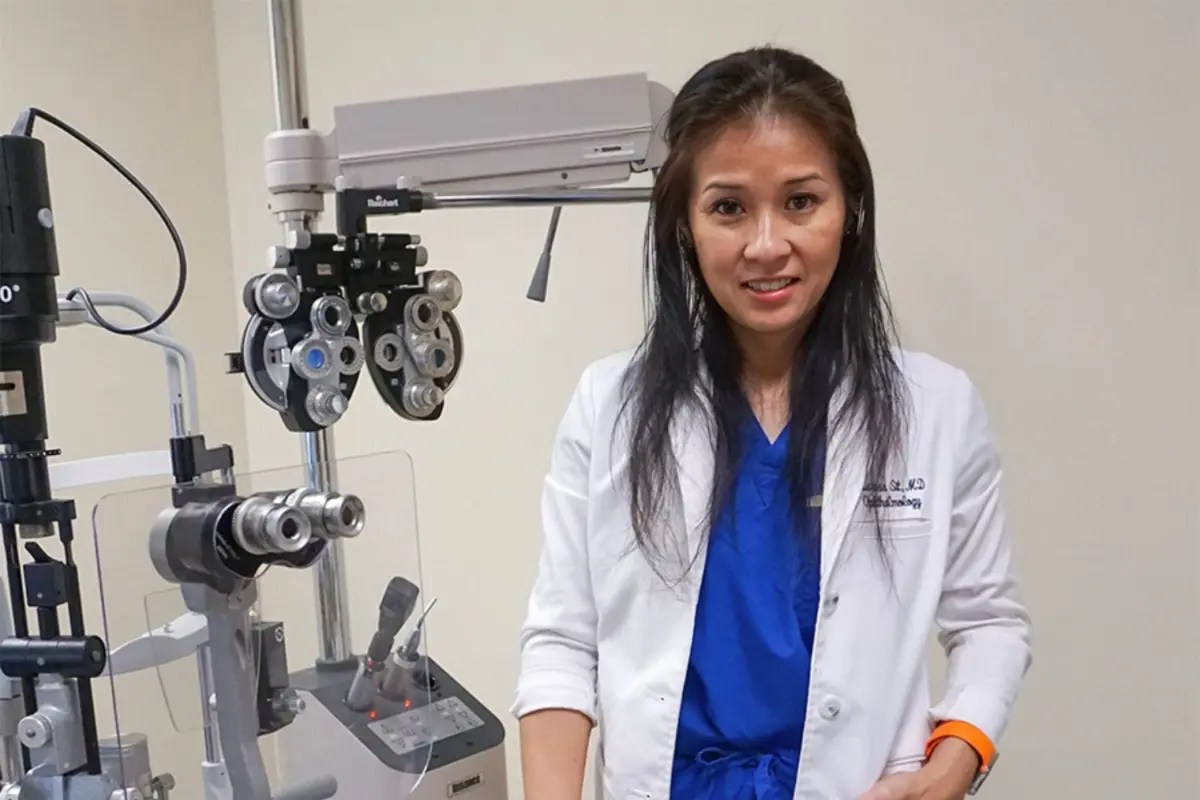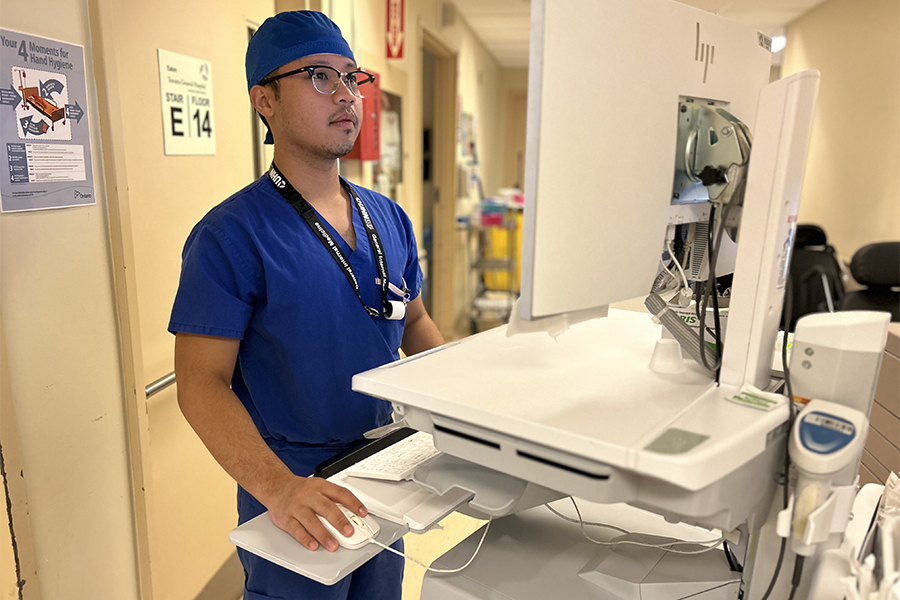
Timely patient diagnosis and intervention is essential to delivering quality care.
It can impact health and well-being, and most importantly, has the potential to save lives.
That’s why UHN has implemented NEWS2 — which stands for National Early Warning Score 2 — an innovative technology that generates a patient acuity score based off physiological parameters, allowing for clinical teams to detect deterioration earlier.
The technology, which was piloted on General Internal Medicine (GIM) units at Toronto Western Hospital and Toronto General Hospital in August, and has gone live across UHN since Oct. 7, 2024.
Integrated with the hospital’s health information system, Epic, NEWS2 utilizes patient vital signs that are routinely recorded at the bedside to generate an aggregate score as an indication of acute illness severity, which leads to a response from the clinical team.
“At UHN, nurses, providers, and interprofessional clinical team members care for some of the sickest patients coming to us from well beyond our city, and at times, provincial limits,” says Maria Nelson, Director of Professional Practice, Acute Care Programs and Medicine at UHN.
“Health care is a 24-hour operation that requires our teams to collaborate every hour, minute and second to ensure their patients’ safety by intervening early when it comes to their overall clinical status, and an early warning system such as NEWS2 will only enhance that capability,” she says.
The score, which ranges between zero and 20, brings together a comprehensive assessment of a patient’s respiration rate, oxygen saturation and utilization, systolic blood pressure, pulse rate, level of consciousness and temperature, indicating a response threshold. Once calculated, the score is matched to a clinical threshold indicating the appropriate medical intervention, care environment and clinical expertise needed to care for the patient safely.
“The primary focus of NEWS2 is to create a common language among health care professionals at UHN,” says Maria.
“It aims to bring objectivity to communication between nurses, clinicians, and providers, enabling clear observations and assessments to ensure the right care is delivered at the right time and place, bringing the right expertise to the bedside.”
Last month, UHN celebrated World Patient Safety Day, which was established by the World Health Organization to call for global solidarity and concerted action to improve patient safety. This year’s theme is “Improving diagnosis for patient safety,” which highlights the critical importance of correct and timely diagnosis in ensuring patient safety and improving health outcomes.
NEWS2 enhances patient care quality, standardizing assessment processes and creating a safety culture embedded across all UHN sites.
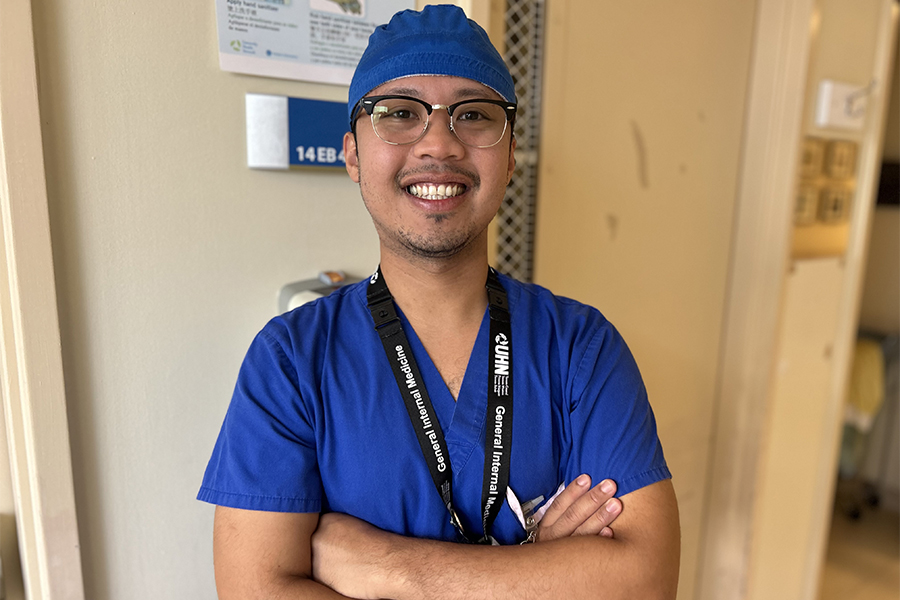
Maria explains that patients often have multiple health conditions that can worsen their deterioration, making it more challenging for them to recover from the illness that led to their hospital admission. The chronic nature of some conditions also makes it challenging to detect subtle changes in patients, which if not identified early may not be prioritized.
With NEWS2, early detection of decline is possible, which gives care teams the ability to prevent severe outcomes in patients, such as cardiac arrest or respiratory failure.
Kevin De Alba, a registered practical nurse on Toronto General Hospital’s GIM unit, used NEWS2 during the pilot. It helped him escalate care for a patient who initially presented to the ward with dysphagia — the medical term for difficulty swallowing, which can lead to aspiration and pneumonia — when their NEWS2 score quickly rose from a five to a nine.
Kevin and his team told the physician on the ward about the dramatic increase. After assessing the patient, it was determined they had bacteremia, a medical condition when bacteria are present in the bloodstream that could have resulted in sepsis, a life-threatening condition.
“From that escalation of care, we were able to prevent that patient from further deterioration and potentially going into septic shock, whereas without the NEWS2 score, we may have overlooked those symptoms,” says Kevin.
“The technology has improved our workflow by standardizing our assessment and communication, providing a more objective patient analysis.”
Stephanie Robinson, Director, Quality and Safety and Clinical Adoption at UHN, says: “We know that our clinicians and point of care staff have the expertise to recognize when something critical is happening with their patient.
“This tool validates this knowledge, confirms their clinical judgment and builds on their ability to proactively prevent harm.”
Maria adds, “The real impact of NEWS2 goes beyond just the score, it’s about what we do with it together as a team.
“A single value can tell a patient’s story and guide our teams to intervene early enough to shape the outcomes of their care journey.”
By Catherine Danko
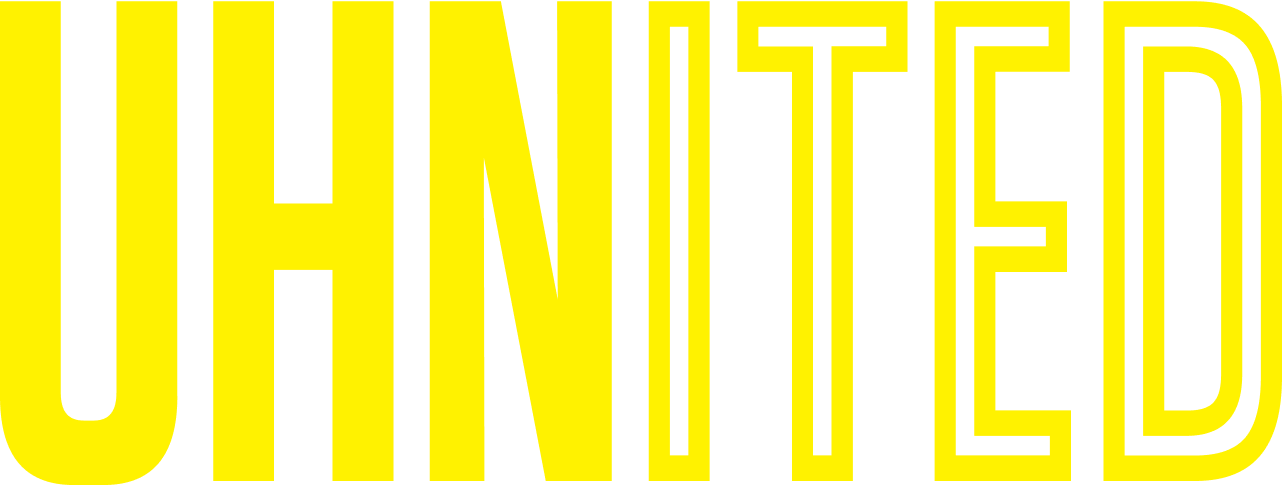
No one ever changed the world on their own but when the bright minds at UHN work together with donors we can redefine the world of health care together.

